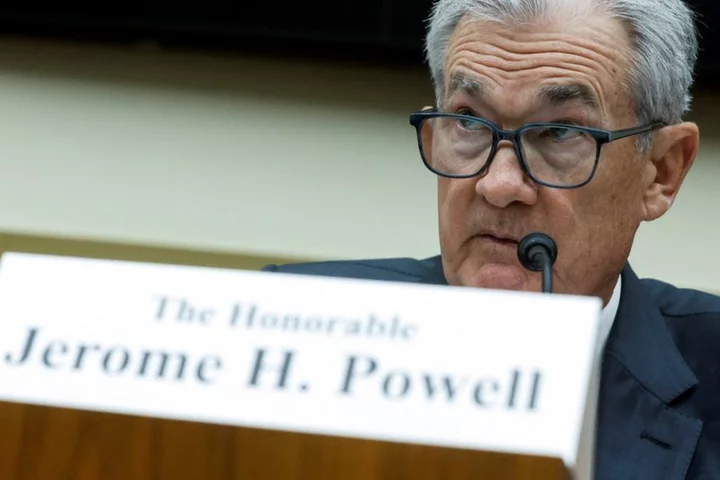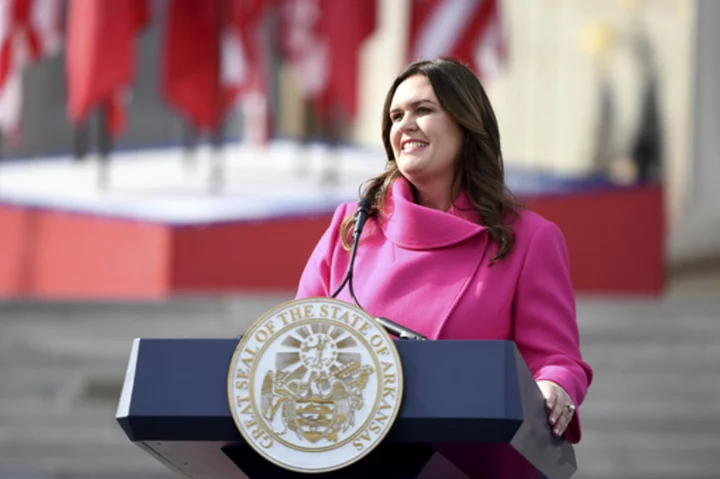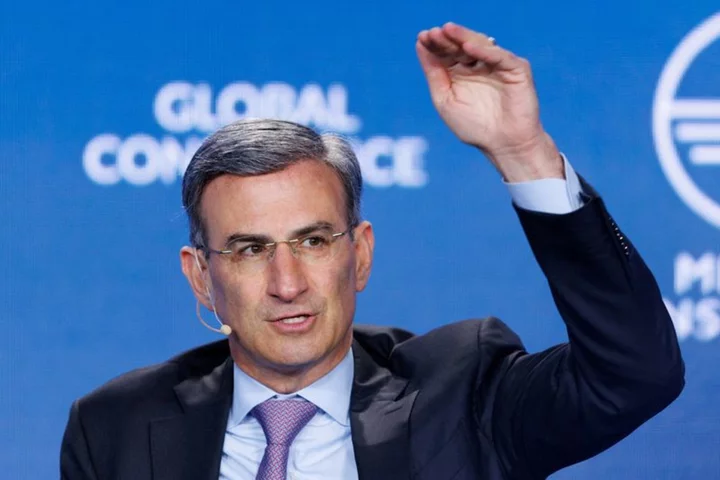U.S. central bankers have signaled they are likely to resume their interest-rate hike campaign after holding rates steady at 5%-5.25% in June, but say their decision will depend on the economic data in the weeks leading up to their next rate-setting meeting, on July 25-26.
Here's a guide to some of the key data that will shape the policy debate and expectations around the Federal Reserve's next move:
INFLATION (released June 30): Headline price pressures by the Fed's preferred inflation gauge eased to 3.8%, their lowest year-on-year reading since 2021, but underlying inflation pressures remained stuck on overdrive, with the core personal consumption expenditures index at 4.6%.
The lack of progress toward the Fed's 2% target makes it less likely that Fed policymakers will feel comfortable holding off again on a rate hike come July.
MANUFACTURING (next release July 3): A widely followed gauge of factory activity released by the Institute for Supply Management is expected to deliver continuing evidence of a manufacturing slump, a key area where the dampening impact of the Fed's interest-rate increases has been evident.
FED MEETING MINUTES (next release July 5): Fed Chair Jerome Powell has repeatedly noted the "strong majority" of Fed policymakers who feel that the central bank will need to deliver at least two more quarter-point interest rate hikes before the end of the year to definitively squeeze inflation out of the economy.
The minutes of their June 13-14 meeting, published next Wednesday, should give a more detailed sense of the intensity of the debate over what Powell has said is an increasingly even balance of risks between doing too little and going too far on policy tightening.
JOB OPENINGS: (next release July 6) Powell keeps a close eye on the Labor Department's Job Openings and Labor Turnover Survey, or JOLTS, to derive what has become a key metric of the imbalance between labor supply and demand -- the number of job openings for each jobseeker. During the pandemic there were nearly two jobs for every available worker. That ratio has dropped as the Fed's rate hikes have slowed labor market demand.
EMPLOYMENT (next release July 7): The Labor Department's monthly payrolls report is expected to show some slowing in job growth, but so far the labor market has shown surprising strength despite the Fed's 10 straight interest-rate hikes from March 2022 to May of this year.
A still-robust job market driving wage gains and consumer spending would be seen as contributing to the persistence of high inflation, and would build the case for further Fed rate hikes.
INFLATION (next release July 12): The consumer price index is the best known measure of U.S. inflation, and while the overall measure has come down sharply since last year's peak, the core measure excluding food and energy has been stuck at above 5%. Fed officials are particularly focused on services inflation, and though they expect housing-related price pressures to begin to ease, they worry that price pressures driven by labor costs remain high, and that only further interest-rate hikes can tame them.
(Reporting by Ann Saphir; Editing by Andrea Ricci)









